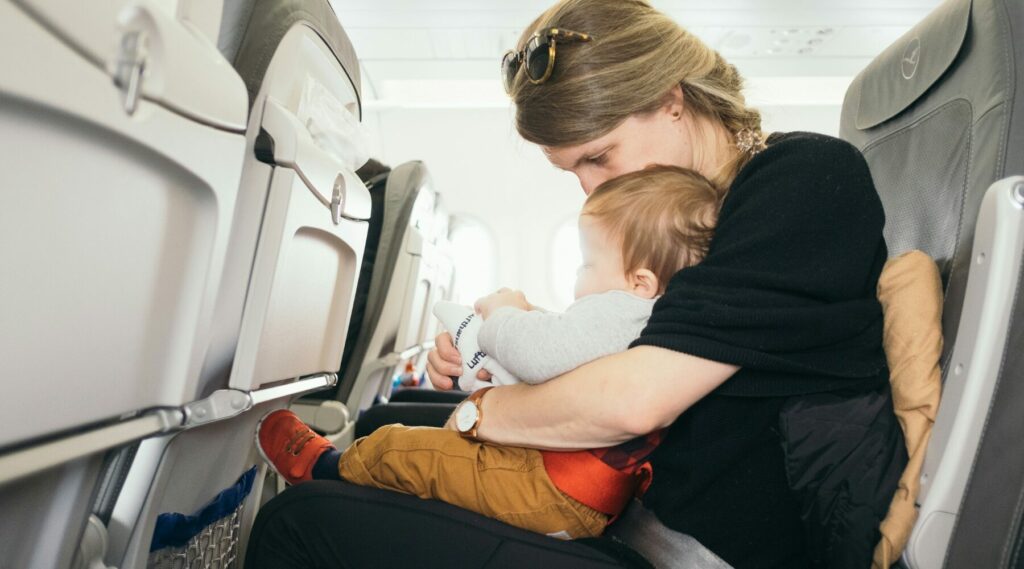When is daylight savings happening?
Daylight savings is ending in Australia on Sunday 3rd April this year.
Coming into winter, the ACT, SA, VIC, NSW and TAS turn their clocks backward one hour to Australian Eastern Standard Time (AEST).
When local standard time is about to reach
Which way does the clock move again?
Sunday, 3rd April 2022, 3:00:00 am clocks are turned backward 1 hour to
Sunday, 3rd April 2022, 2:00:00 am local time instead.
Adjusting to daylight savings can be stressful
Adjusting to the daylight savings time change can be a huge stress for some families and it’s pretty common to be concerned that your baby or toddler’s sleep will be impacted in a big way.
There are a couple of ways to go about helping them adjust to the change:
Go with the flow
1. The first option is to just go with the flow on the day of the change and adjust their schedule accordingly. This works well for toddlers and young children as they tend to cope better with either an extra hour of sleep or losing an hour’s sleep. However you may need to pop them to bed a little early for a couple of days to help with the transition, and it’s very normal that their body clock will take a few days to adjust. The most important thing is to stay consistent with your routine.
Slowly transition
2. The second option is to slowly transition your little one in the week prior to the time change. This is helpful if you have a younger baby and they are quite sensitive to changes in their routine. Know that it can be normal for babies to have a couple of days where their routine might be a little bit off, but staying consistent will help them adjust quickly to the change. See below on how to slowly transition them.
Daylight savings ending:
- Based on a 7am wake up, on Monday and Tuesday wake your baby at 7.15am and move everything back by 15mins, including meals and naps.
- On Wednesday/Thursday, move everything back 30 mins, including meals and naps.
- On Friday move everything back by 45mins (wake at 7.45am).
- On Saturday move everything back by 1hr (wake your baby 8am).
- Of course, your baby may not naturally sleep until 8am and if this is the case then either try to stretch them to their adjusted nap time or offer a power nap for 15mins (if under 5/6 months old) to help get them to the later nap time.
- Then on Sunday when the clocks have moved back your baby will automatically be back to waking at 7am.
General daylight savings tips:
- Ensure your little one’s room is nice and dark, as dark as possible. This will help their body clock adjust and help stop early morning waking from sunlight creeping in. It will also help them go to sleep at bedtime by promoting their melatonin production while it is still light outside.
- Crank that white noise to help drown out the birds waking for the day.
- Continue the same bedtime routine pre and post daylight savings as your little one is familiar with this.
Get outside in the natural sunlight in the afternoon if possible. This natural light burst helps melatonin production of an evening.
Remember that whichever method you use to help your baby transition to the new time, it’s normal for there to be a period of adjustment and it may take your baby or toddler a few days to return to their usual wake up time and routine.


